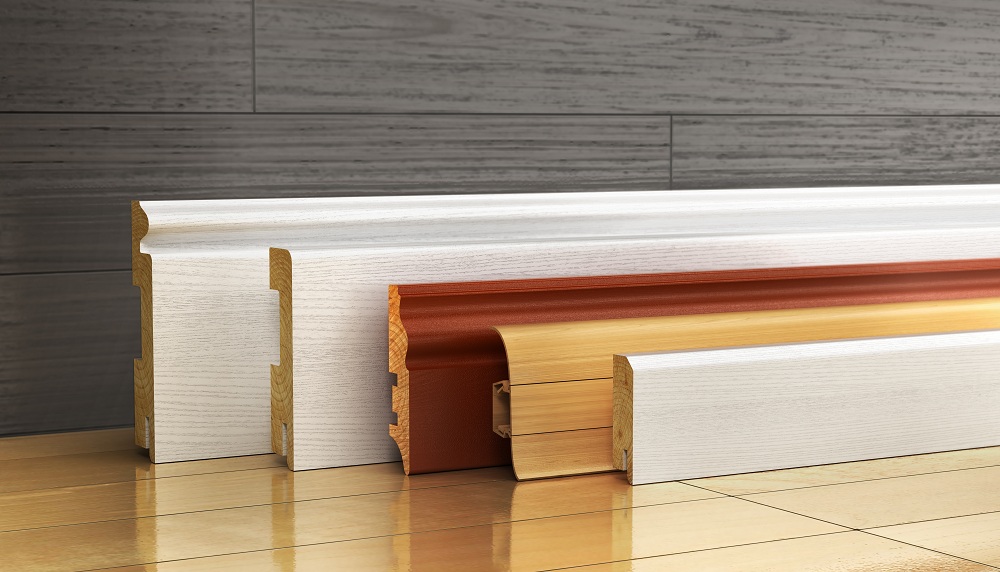Architects, interior designers, and builders agree that baseboards and casings combinations are a necessity in the building process of homes and office. Therefore, a proper consideration of all the available baseboard and casing types can guarantee an excellent finish to any home building project. However, it is crucial you first consider the following:
Styles of Your Choosing
You can use an MDF baseboard in your house in its plain state, or your contractor could opt to have it painted to add texture in the room’s decor. You also can choose vinyl-coated MDF for further detailing. If you wish to create a more elaborate baseboard or casing, you can stack up or rivet these boards together. You also can do this stacking in steps to create a visual impression of your choice, for back-profiled baseboards and casings.
Here are other common styles to consider:
Rounded & Stepped Trim
These baseboards and casings are the most preferred because they are easy to use in most house building projects. That is because these profiles are easy to fix on walls and it angles well with the floor. However, because of its demand, it’s pricing is higher than that of other baseboards especially when it solid wood such as oak.

Flat Profiles
These baseboard and casing moldings allow interior designers and contractors to produce intricate finishes. Also, the grooves of these moldings are easy to line up as they are uniform throughout the entire length. These moldings also combine well with any interior style that the homeowner may fancy, and they are not limited to any house.
Sculptured Mouldings
The sculptured mid-height baseboards and casings are a preference among contractors because of their capacity to create elaborate edges when painted. Sculptured taller moldings also add to the aesthetic feel of interior spaces, and it is an excellent consideration because they cover the entire height of the wall. These are, however, more expensive than other baseboard and casing profiles.
Here are the materials for making baseboards:
MDF Types
Baseboards are not all the same, and this is because of the materials that their manufacturers use to create them. The medium density fiberboard types, for instance, are a new product in the market and often are a blend of wood fiber, resin, and various other products. It is a favorite among contractors because it is easier to paint and cut it than it is with wood.
Solid Wood Types
Pine baseboards and casings are also fast becoming a go-to option as they produce great paintwork for both homes and offices. However, because pine is a softwood, their boards can be subject to warping and fractures. It is, therefore, crucial that you inspect it thoroughly before purchase. Oak baseboards and casings easily are the because of their strength and natural look. That guarantees to add elegance to any space.
As a rule of thumb, inspect the trim of your baseboard or casing always before you buy them to avoid any wastage in re-trimming them. Moreover, every board has its aesthetic and material strengths. That means that you could use a mix of the boards in your building. Your baseboard and casing supplier can help you choose the right combinations here.

